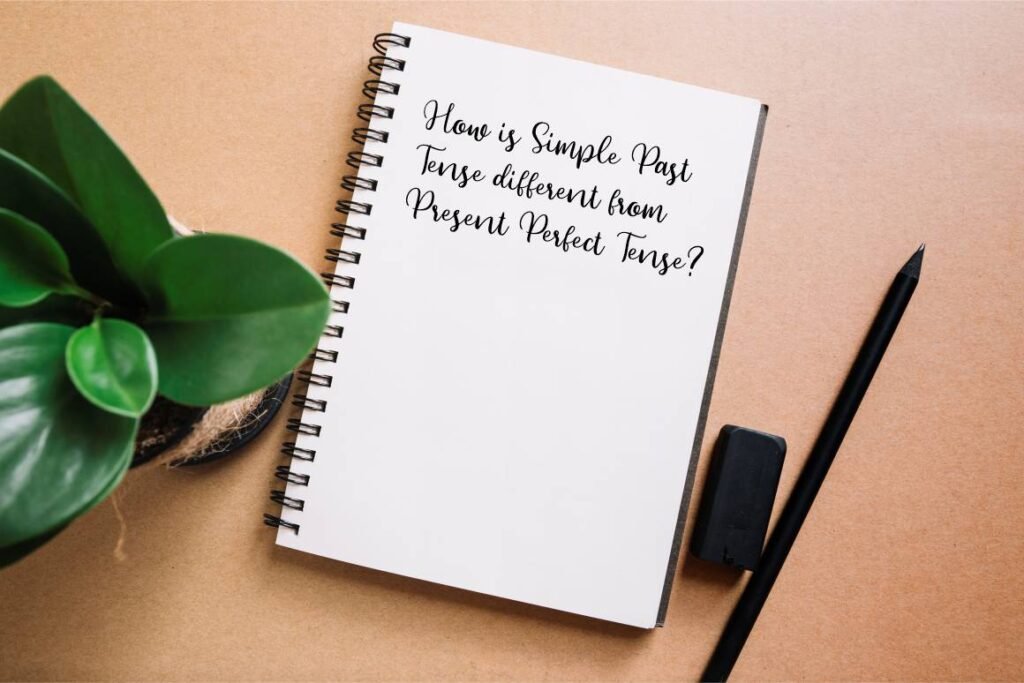Welcome to our guide on English tenses. We’re looking at the Simple Past Tense and Present Perfect Tense. We’ll explain how they work, when to use them, and give you some examples. Let’s get started!
- Simple Past Tense is used to express the time of action being completed whereas, Present Perfect Tense is used to express and action that has been completed in the past and the time of completion of the action is not mentioned.
- In Simple Past Tense, some action has been completed in the past and its effects are not present whereas, in Present Perfect Tense, some action has been completed in the past but its effects are still in the present time.
- In Simple Past Tense, an action is completed in the past and there is no possibility of its beginning again whereas, in Present Perfect Tense, an action is completed in the past and there is some possibility of its beginning again.
- When a statement is made after complication of time period it is Simple Past Tense whereas, when a statement is made with an unfinished time it is Present Perfect Tense.
Simple Past Tense example:
- She phoned me six times this morning. (saying at 2:00 pm)
(Simple Past Tense)
- She has phoned me six times this morning. (saying at 11:00 am)
(Present Perfect Tense)
- Did you see him last week?
(Simple Past Tense)
- Have you seen him this week? (Present Perfect Tense)
